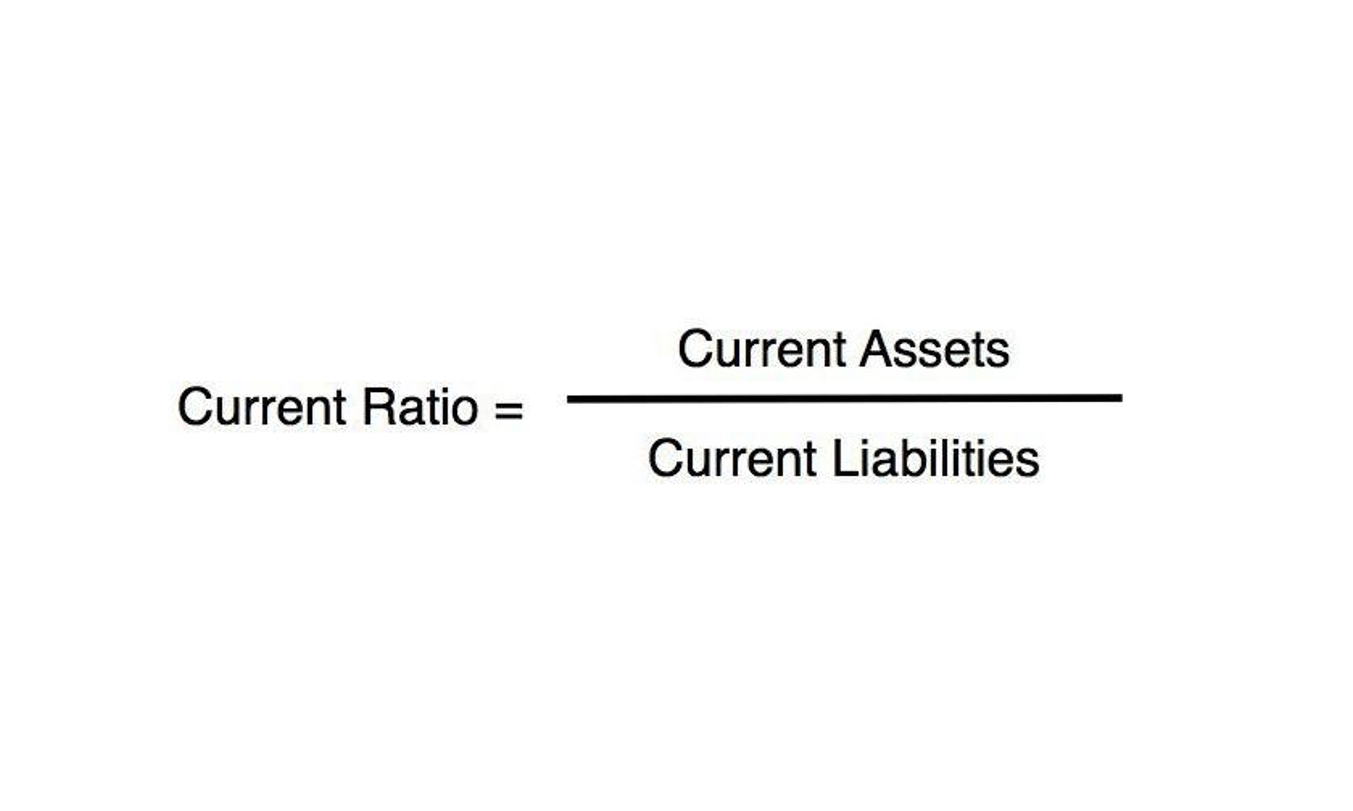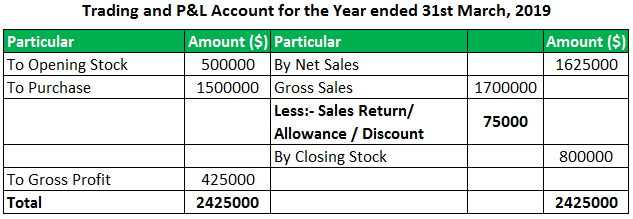Understanding Vouchers in Accounting: Types and Uses Explained
When they are receipts, vouchers are used as evidence that certain services have been performed or payments have been made. Voucher checks are commonly used by a company’s payroll department and are referred to as payroll checks. The voucher will contain a voucher number, name of the payee, date, amount (gross and net if any deductions), signatures, and any memo notes that need to be recorded.
Purchase Silver Plan
- Modern accounting software digitizes and archives vouchers, ensuring secure storage and easy retrieval.
- For example, “2/10, net 30” indicates a 2% discount is available if payment is made within 10 days; otherwise, the full amount is due in 30 days.
- The voucher file is sent to the shipping and receiving department, which receives the shipment, files a receiving report, and places the report in the file.
- Double Entry Bookkeeping is here to provide you with free online information to help you learn and understand bookkeeping and introductory accounting.
- Accountants can prepare the document by month which is easy to find the document if need.
- Jayanti Katariya is the founder & CEO of Moon Invoice, with over a decade of experience in developing SaaS products and the fintech industry.
- Vouchers are prepared to support the accounting entries made in the books of accounts to provide correctness to the transactions.
When the voucher has been approved the payment, a check or alternative method of payment, is drawn up and details of the check number and date are recorded in the voucher register. At this stage the voucher is marked as paid and filed together with the supporting documents in the voucher paid folder. It is noted that the total of the vouchers in the unpaid folder represent the outstanding liability to suppliers which should agree to the balance on the accounts payable account. In this instance, a voucher check is issued when an invoice is matched with a purchase order and documentation that the order was filled. A voucher is a document used by a company’s single step income statement accounts payable department to gather and file all of the supporting documents needed to approve the payment of a liability.
The company will use a payment voucher for the payment of payroll, accounting for capital rationing and timing differences utilities, rental, purchase of goods, and so on. AP vouchers are integral to the verification process, cross-referencing purchase orders, receiving reports, and vendor invoices. This ensures payments are made only for approved goods and services, minimizing errors and fraud. For instance, a three-way match compares voucher details with purchase orders and receiving reports before authorizing payment.
Approval Signatures
An invoice received from a vendor is a billing for goods or services that it had provided. The vendor’s invoice will include the quantities of the items provided, brief descriptions, unit prices, amount due, credit terms, where to remit payment, etc. Just upload your form 16, claim your deductions and get your acknowledgment number online. You can efile income tax return on your income from salary, house property, capital gains, business & profession and book of prime entry income from other sources.
- Clear can also help you in getting your business registered for Goods & Services Tax Law.
- A voucher is often a prenumbered form used in the accounts payable department to standardize and enhance a company’s internal control over payments to its vendors and service providers.
- The unpaid vouchers provide the detail for the total amount reported as vouchers payable or accounts payable.
- A voucher is a document used by a company’s accounts payable department to gather and file all of the supporting documents needed to approve the payment of a liability.
- Understanding these vouchers is essential for maintaining accurate financial records and ensuring transparency in business operations.
- This approval process helps reduce unauthorized transactions and ensures that the expenditures align with the company’s policies and budget.
- Under the category of Cash vouchers, there can be two types of vouchers; Debit Vouchers and Credit Vouchers.
Vendor Details
Accurate vendor information is essential for tax compliance, such as reporting payments on Form 1099, and prevents payment errors. Cross-referencing vendor details with the vendor master file ensures consistency and avoids duplicate payments. In business-to-business transactions, often the payments are not due immediately. They can be paid with an allowed delay that can vary between 30, 60, or 90 days.
Importance of Vouchers
On the generation of invoice, or receipt of the bill, the entries are first made in vouchers. After that, on the basis of these vouchers recording in journal or subsidiary books is performed. Accounts payable are the short-term bills owed by companies to vendors and suppliers. The voucher then undergoes an approval process to confirm adherence to internal policies. Robust controls and segregation of duties mitigate risks and ensure payments are authorized appropriately. The vendor details section identifies the party owed payment, including the vendor’s name, address, contact information, and tax identification number.
Voucher Payment Process
An auditor performs a set of procedures to determine if the financial statements are free of material misstatement. Each of these elements helps ensure that payments are accurate, authorized, and properly recorded in the accounting system. When the voucher is due for payment it is removed from the unpaid folder and forwarded together with the supporting documents to a responsible official for final approval for payment. But to make the entries and to form financial statements further, transactions need to be recorded in a more systematic manner and this is the step where ‘vouchers’ comes into existence.
What Is A Voucher In Accounting?
The restaurant completes a shipping receipt to document the process, and the shipping receipt is compared with the vendor’s invoice. The voucher effectively collates the supporting documentation and summarizes the transaction. Additionally, AP vouchers support cash flow management by detailing payment terms and due dates, enabling businesses to optimize payment schedules. This can help secure early payment discounts or avoid late penalties, directly impacting liquidity.









